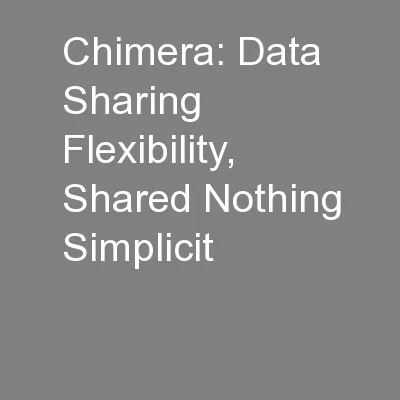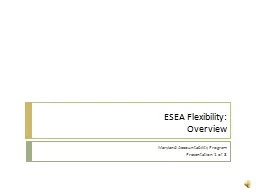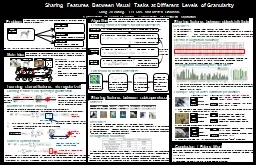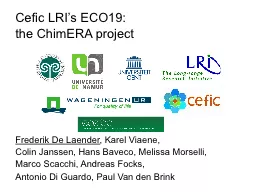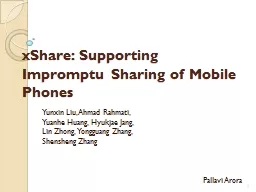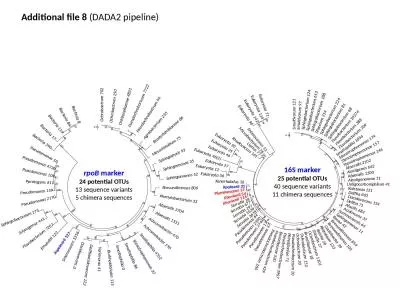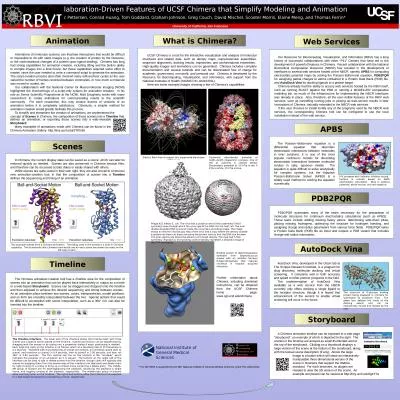PPT-Chimera: Data Sharing Flexibility, Shared Nothing Simplicit
Author : natalia-silvester | Published Date : 2016-03-02
Umar Farooq Minhas University of Waterloo David Lomet Chandu Thekkath Microsoft Research Distributed database architectures In a shared nothing system a single
Presentation Embed Code
Download Presentation
Download Presentation The PPT/PDF document "Chimera: Data Sharing Flexibility, Share..." is the property of its rightful owner. Permission is granted to download and print the materials on this website for personal, non-commercial use only, and to display it on your personal computer provided you do not modify the materials and that you retain all copyright notices contained in the materials. By downloading content from our website, you accept the terms of this agreement.
Chimera: Data Sharing Flexibility, Shared Nothing Simplicit: Transcript
Download Rules Of Document
"Chimera: Data Sharing Flexibility, Shared Nothing Simplicit"The content belongs to its owner. You may download and print it for personal use, without modification, and keep all copyright notices. By downloading, you agree to these terms.
Related Documents

